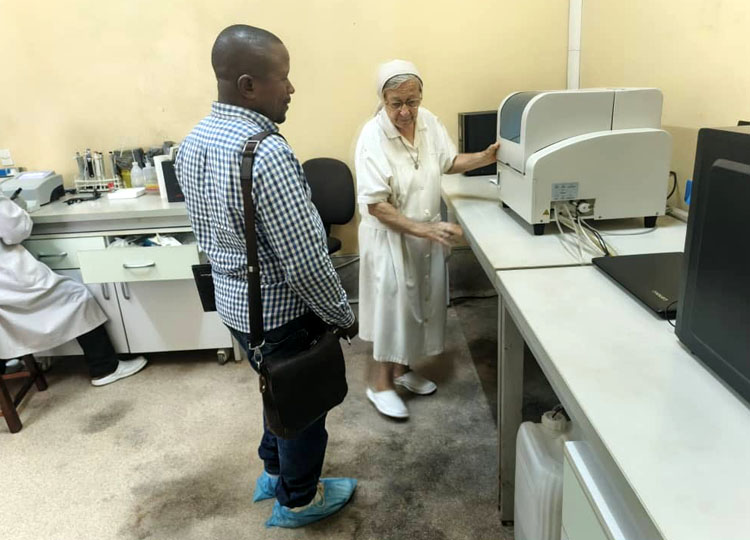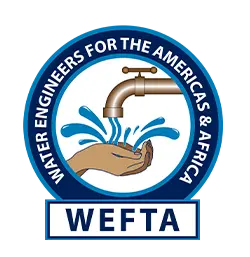Democratic Republic of the Congo
WEFTA is working in the Democratic Republic of the Congo to improve Water, Sanitation, and Hygiene in healthcare facilities.
WEFTA is helping to increase access to reliable water sources in healthcare facilities in the Democratic Republic of the Congo. Despite being one of the most water-rich nations in Africa, only 52% of the population has access to an improved water source, according to UNICEF. Safe water is essential to healthy and productive living, but recent United Nations sustainability and humanitarian reports highlight serious challenges to accessing safe water in the country. Conflict in early 2025, for example, severely disrupted water infrastructure and power lines that supply energy for pumping water.
Water, sanitation, and hygiene (WASH) infrastructure in healthcare facilities helps prevent infection and is critical for delivering life-sustaining medical services. Working with local communities, WEFTA volunteers lend support in the planning, design, and oversight of the construction of water systems, including solar-powered systems for hospitals and health clinics in the Democratic Republic of the Congo. These collaborative projects reflect our commitment to community-led development, technical excellence, and the critical importance of WASH in public health.
Sources:
Area: 2,344,858 sq. km.
Population: 115,403,027 (2024)
Languages: French (official), Lingala (a trade language), Kingwana (a dialect of Kiswahili or Swahili), Kikongo, Tshiluba
Regions: Second-largest country in Africa and largest country in sub-Saharan Africa; straddles the equator; dense tropical rainforest in central river basin and eastern highlands; the narrow strip of land that controls the lower Congo River is the DRC’s only outlet to the South Atlantic Ocean

